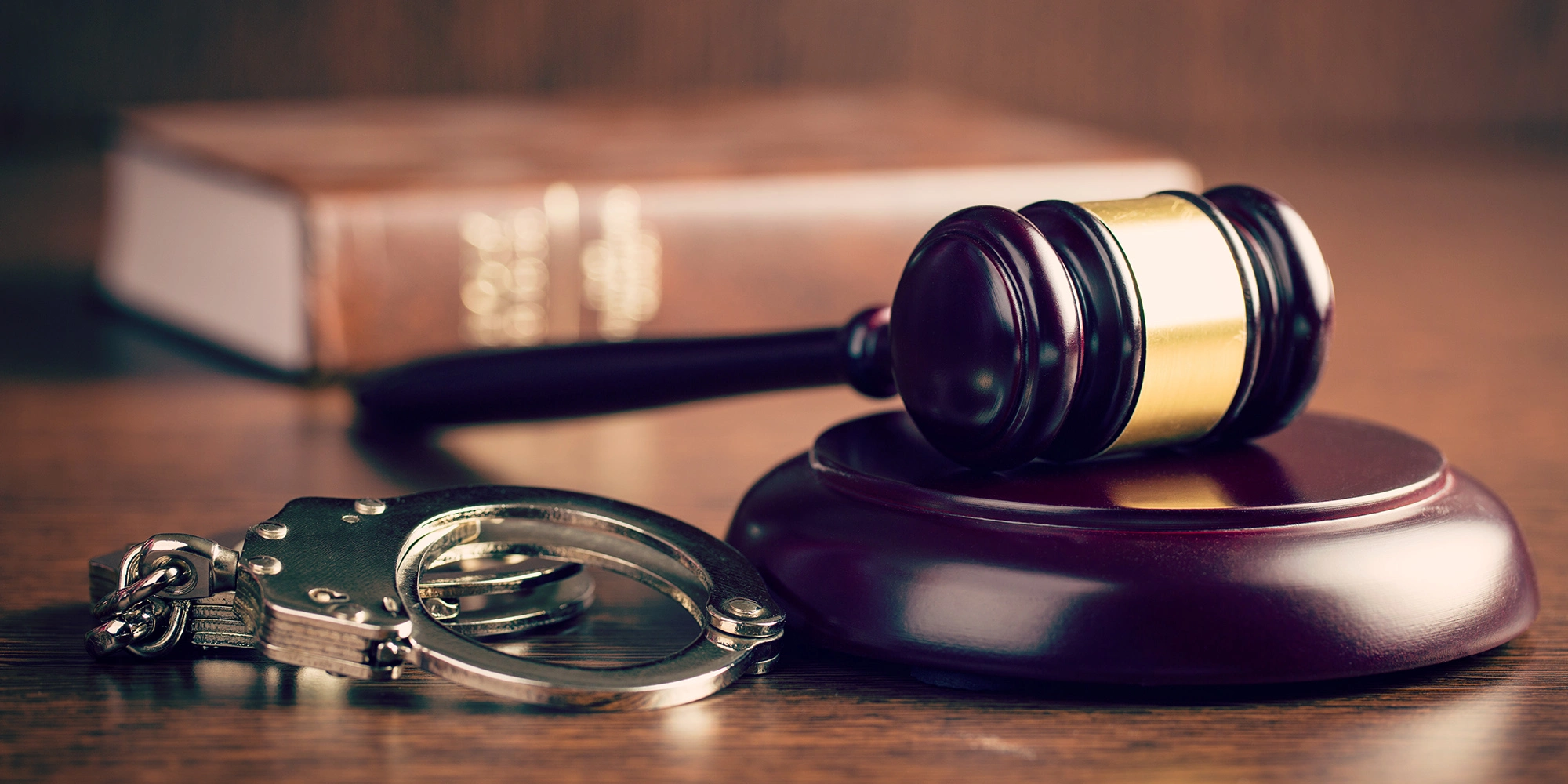Credit Cards
What you Can Include In
Bankruptcy Or Consumer Proposal
Credit Cards: Outstanding balances on credit cards
Personal Loans: Unsecured personal loans, financial institutions, or private lenders can be included.
Lines of Credit: Debts owed on unsecured lines of credit can be included.
Overdrafts: Negative balances on bank accounts or overdrafts can be included.
Payday Loans: Debts from payday loans can be included in bankruptcy or consumer proposals.
Income Tax Debt: Unpaid income tax debts can be included, provided they meet certain criteria. However, certain tax-related obligations, such as recent tax liabilities and fraud-related taxes, may not be dischargeable.
Medical Bills: Unpaid medical bills and expenses can be included.
Legal Judgments: Debts resulting from court-ordered judgments, such as civil judgments for damages or outstanding legal fees, can be included.
Utilities and Phone Bills: Unpaid utility bills, phone bills, and other similar obligations can be included.

Debts that cannot be included in bankruptcy
or consumer proposals:
Secured Debts: Debts that are secured by collateral, mortgages and car loans
Child and Spousal Support: Obligations for child support and spousal support. These debts are considered a priority and must be paid.
Court-Ordered Fines and Penalties: Debts arising from court fines, penalties, or restitution orders, such as traffic tickets or criminal restitution, cannot be discharged through bankruptcy or included in a consumer proposal.
Student Loans (in some cases): If you are out of school less than 7 years
Debts Arising from Fraud: Debts resulting from fraudulent activities or obtaining money through false pretenses cannot be disc harged through bankruptcy or included in a consumer proposal.
